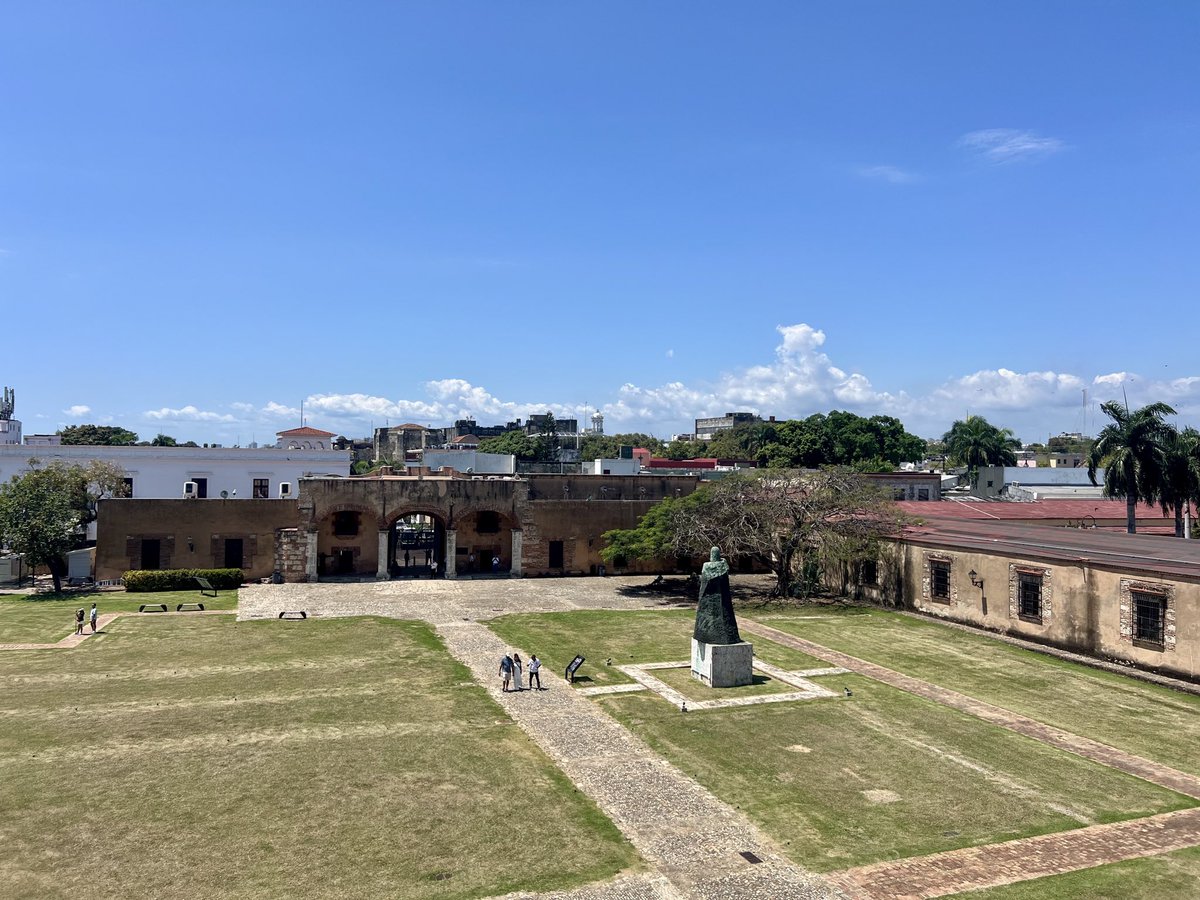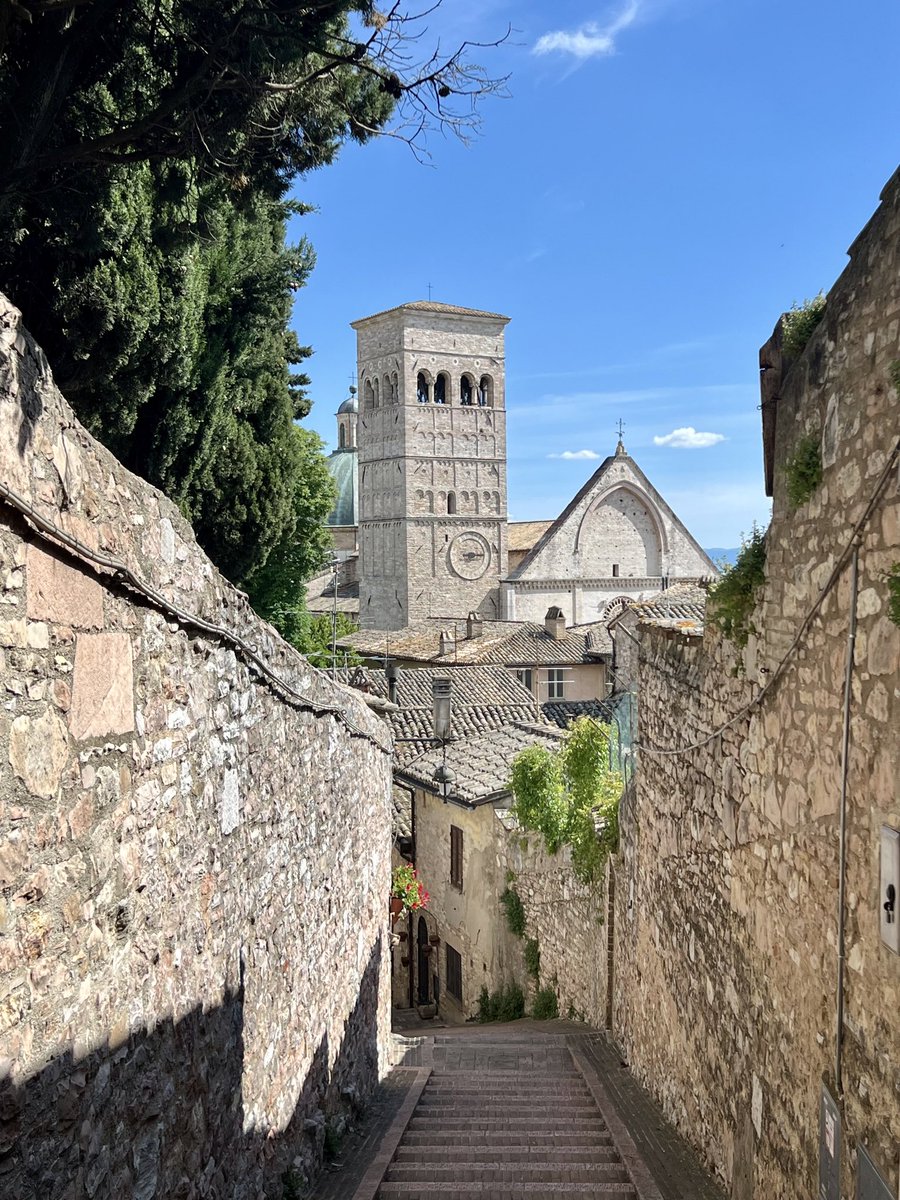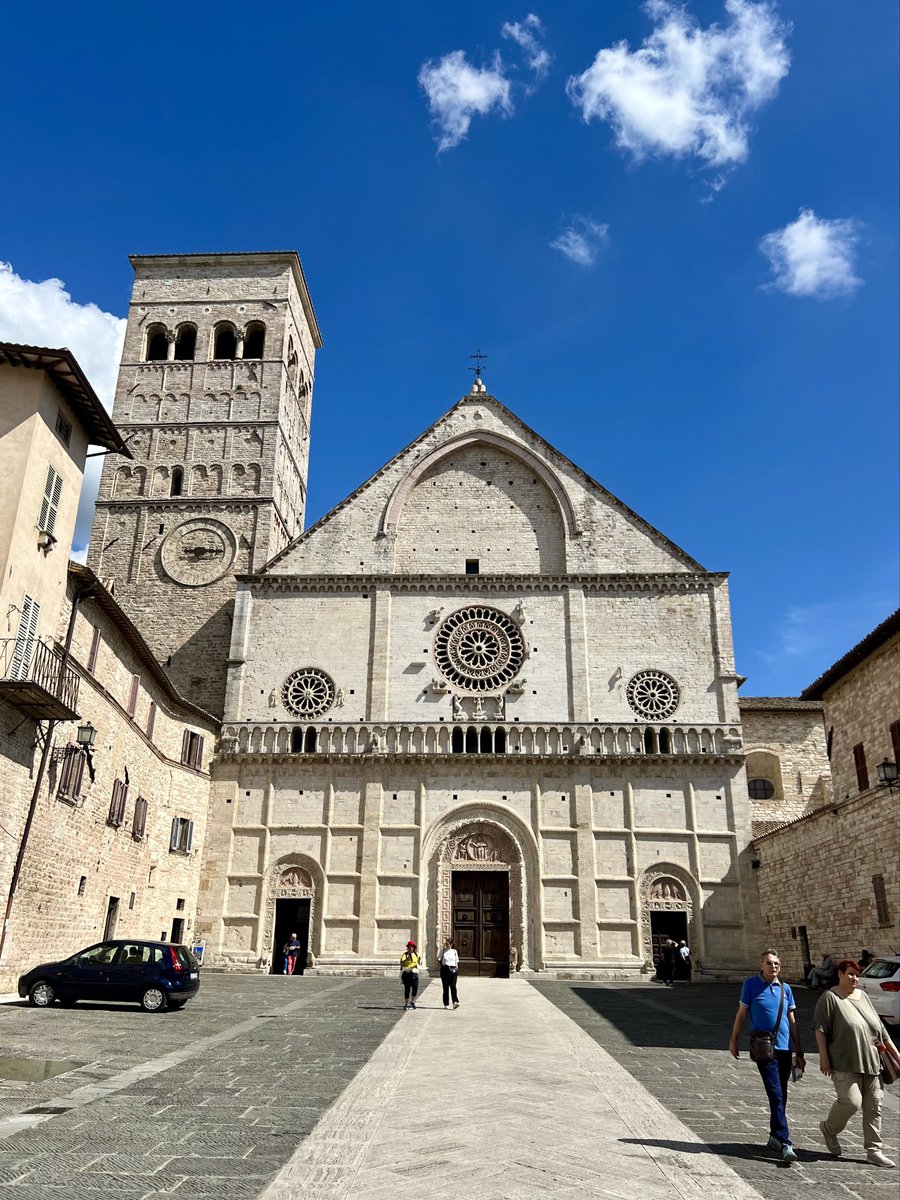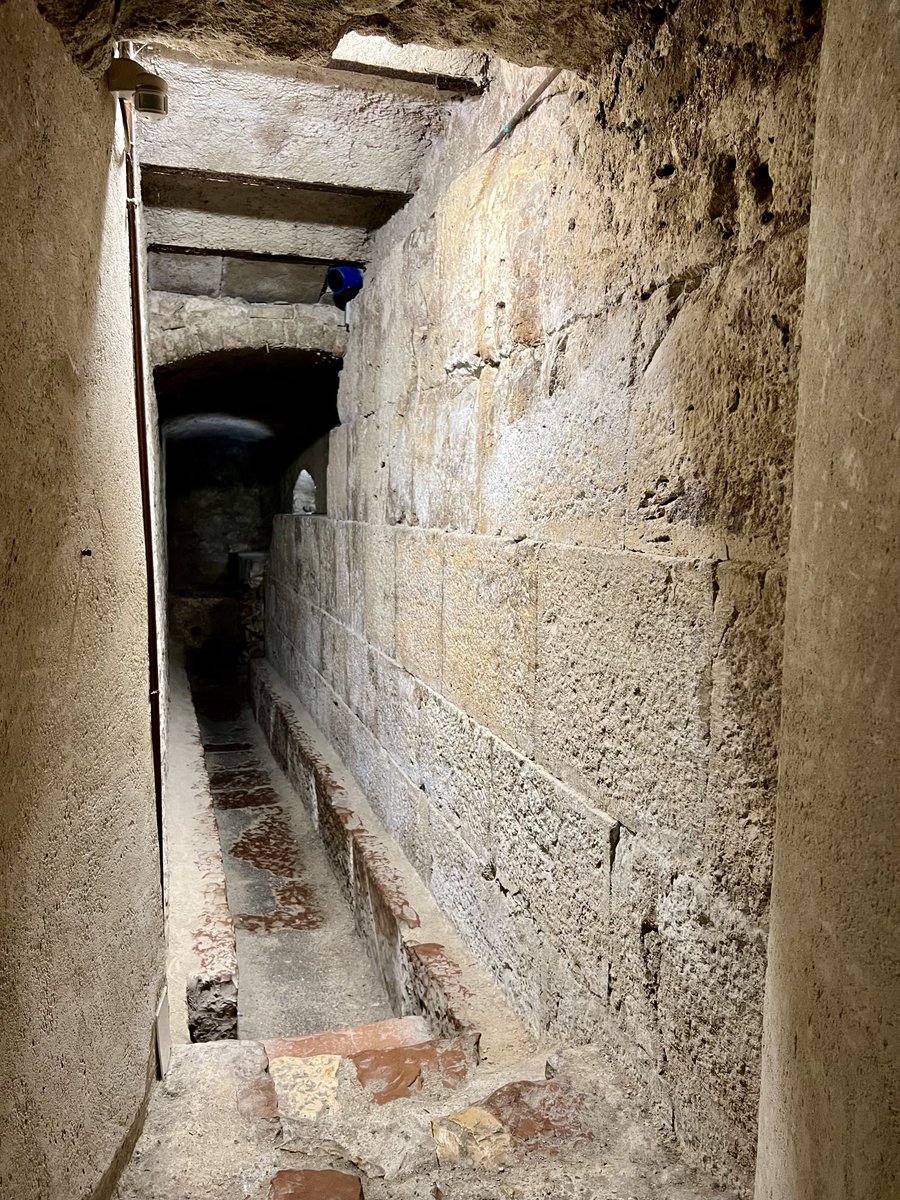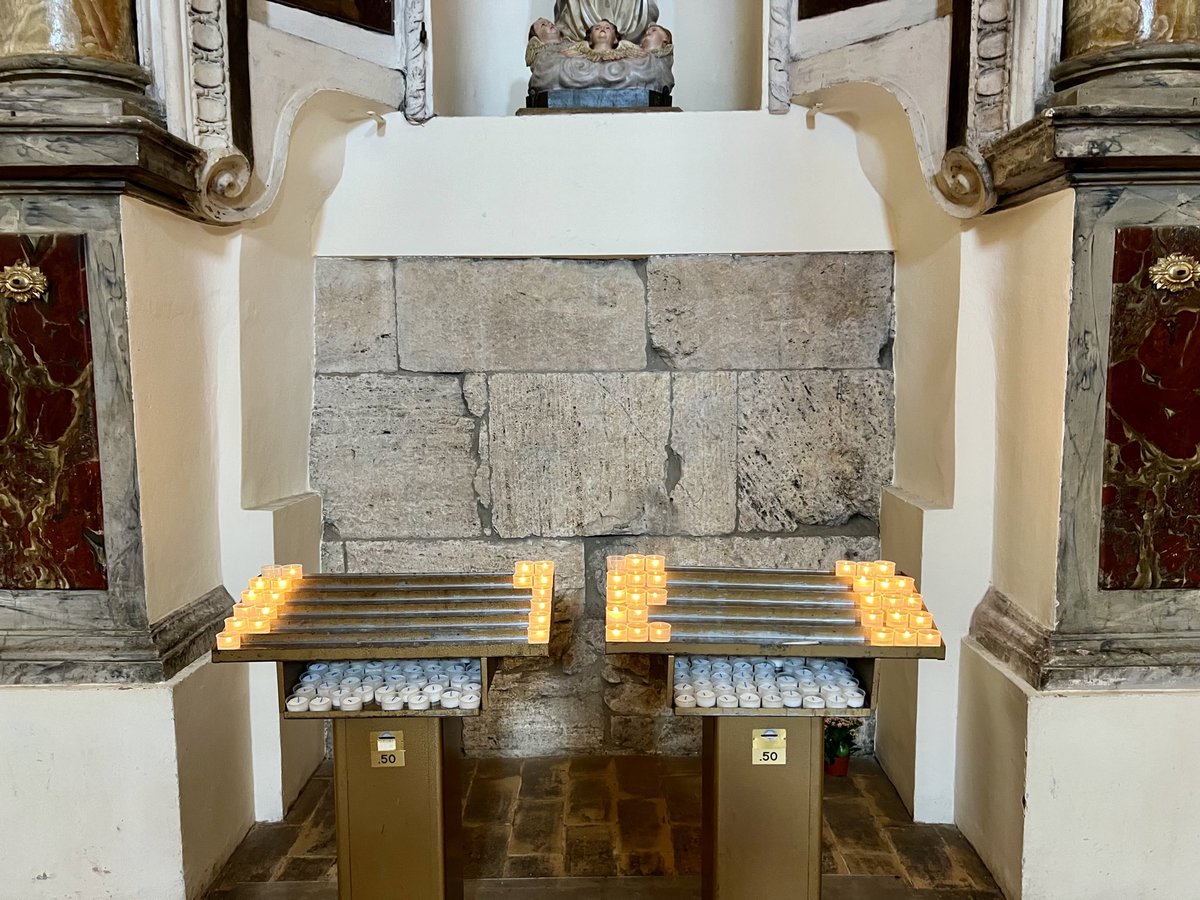One of my bestest of days!
With the help of an acquaintance, Mr Li, who lends his Landcruiser for the cause, we set out deep into the south Shanxi countryside on the trail of some magnificent temples with their share of spectacular secrets.
Come join for a long thread 🧵… 1/11



With the help of an acquaintance, Mr Li, who lends his Landcruiser for the cause, we set out deep into the south Shanxi countryside on the trail of some magnificent temples with their share of spectacular secrets.
Come join for a long thread 🧵… 1/11




Our first stop is Youxian Temple 游仙寺 south of Gaoping.
Here the main ‘Pilu’ hall 毗卢殿, built in 970, gives a classic Song visage - elegant eaves supported by complex beams, with echoes of paint still flecked on the timber work. 2/11



Here the main ‘Pilu’ hall 毗卢殿, built in 970, gives a classic Song visage - elegant eaves supported by complex beams, with echoes of paint still flecked on the timber work. 2/11




To the east is isolated Chongming Temple 崇明寺, the oldest temple I’d set out to see with its central Buddha hall 中佛殿 built in 970.
Soaring eaves like unfolding wings, gorgeous timberwork propping them up, and a nice Ming rear hall to boot.
(Chased by dog on way in)
3/11



Soaring eaves like unfolding wings, gorgeous timberwork propping them up, and a nice Ming rear hall to boot.
(Chased by dog on way in)
3/11




Our next stop is Nanjixiang Temple 南吉祥寺, which we cajole villagers to open up.
Stelae in the grounds show the main 过殿 central hall was built in 1030, wood still beautifully preserved, while behind it is a rear hall dating to the Yuan. 4/11



Stelae in the grounds show the main 过殿 central hall was built in 1030, wood still beautifully preserved, while behind it is a rear hall dating to the Yuan. 4/11




We stop for lunch, where things start to go wrong.
In fit of hospitality Mr Li decides to treat me - to hotpot with endless steam of every kind of meat (and remarkably served on slowly stripped Barbie dolls….), and two bottles of 48% proof Guizhou baijiu.
Is my day over? 5/11



In fit of hospitality Mr Li decides to treat me - to hotpot with endless steam of every kind of meat (and remarkably served on slowly stripped Barbie dolls….), and two bottles of 48% proof Guizhou baijiu.
Is my day over? 5/11




But onwards! I stagger out into sunlight. Helped by @xujnx’s database, next door we find 12th century Jin temple - closed for lunch - but with its massive red-painted entrance and huge Tang masonry base giving a sense of scale.
A gulp of water and we’re back on the road…. 6/11



A gulp of water and we’re back on the road…. 6/11




In Kaihua temple 开化寺 the 1073 Mahavira Hall 大雄宝殿 harbours an amazing treasure - for it’s lined entirely with sumptuous, intact Song Buddhist frescoes, with the beams painted in a matching scheme.
Alas, no photos - would that I could share. And even more yet to come… 7/11



Alas, no photos - would that I could share. And even more yet to come… 7/11




…Chongqing Temple 崇庆寺 is a true treasure.
Both the Thousand Buddha Hall 千佛殿 (1017) and side hall stuffed with staggering Song statues, including a massive gold coated Buddha.
Behind, halls with some of the most impressive Ming sculptures I’ve ever seen. Amazing. 8/11


Both the Thousand Buddha Hall 千佛殿 (1017) and side hall stuffed with staggering Song statues, including a massive gold coated Buddha.
Behind, halls with some of the most impressive Ming sculptures I’ve ever seen. Amazing. 8/11



Faxing Temple 法兴寺, due to be our last.
Built 1080, main hall 圆觉殿 is again crammed with eye popping Song statuary, and fronted by squat Tang pagoda. All moved uphill in Republican era to build a coal mine.
But before we leave - a tip off; something down the road… 9/11



Built 1080, main hall 圆觉殿 is again crammed with eye popping Song statuary, and fronted by squat Tang pagoda. All moved uphill in Republican era to build a coal mine.
But before we leave - a tip off; something down the road… 9/11




Bucun village 布村. Sceptical warden lets us in for a cigarette and introduces Jade Emperor Temple 玉帝庙.
Fore-temple 前殿 is undated. But a recent Beida expedition put it as Five Dynasties - at latest. Maybe Tang. 8-10th century.
One of China’s oldest wooden buildings. 10/11



Fore-temple 前殿 is undated. But a recent Beida expedition put it as Five Dynasties - at latest. Maybe Tang. 8-10th century.
One of China’s oldest wooden buildings. 10/11




The sagging eaves have ‘recent’ (!) Song stone columns inserted to prop them up.
In front, martial art graffiti left by occupying Japanese troops in WWII.
Behind, an in itself ancient (12th century) Jin dynasty rear hall 后殿.
A spectacular end to a brilliant day. 11/11 END



In front, martial art graffiti left by occupying Japanese troops in WWII.
Behind, an in itself ancient (12th century) Jin dynasty rear hall 后殿.
A spectacular end to a brilliant day. 11/11 END




• • •
Missing some Tweet in this thread? You can try to
force a refresh







